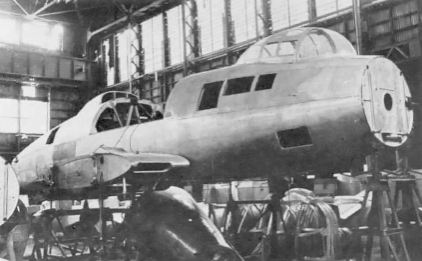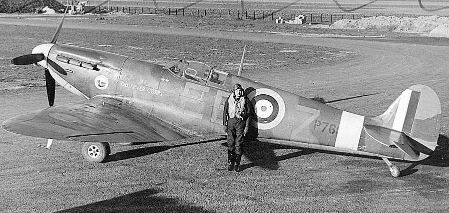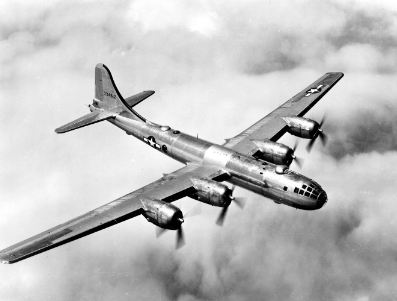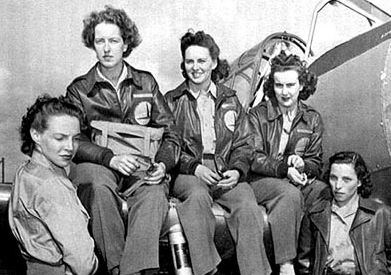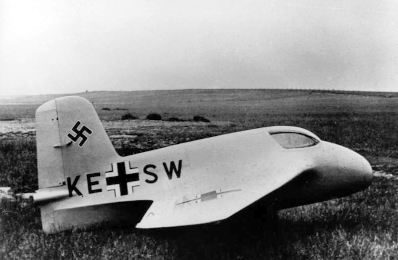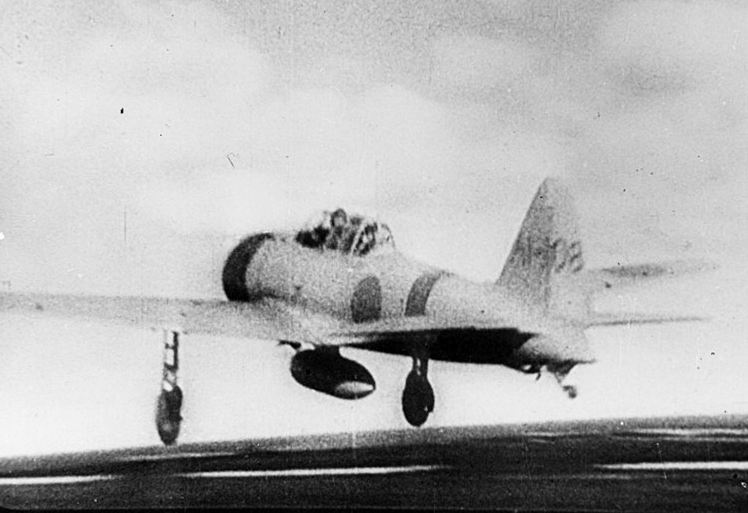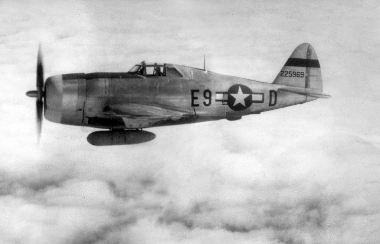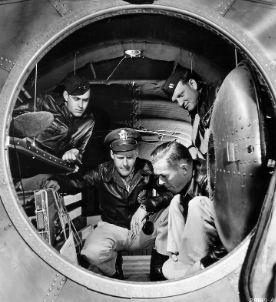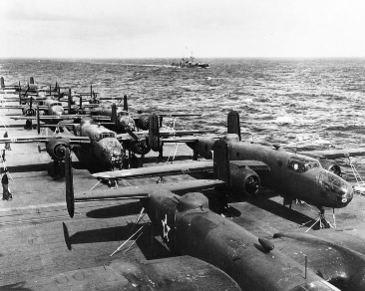While World War I featured the use of first war aircraft, it was during World War II when investment towards military aviation catapulted, and safer, stronger, quicker, and more accurate planes were used mainly for warfare. Aircraft manufacturers from different countries were building units rapidly to meet the spiking demand, but not without employing unique advancements in their science and cultures. Today, discover some of the fascinating facts about WWII aviation and its important roles in the war.
1. The Battle of Britain
Founded on April 1, 1918, the British Air Force was named the RAF (Royal Air Force). The only aircraft they produced throughout the war was the Supermarine Spitfire, which has played a pivotal role in the Battle of Britain, the first all-air battle in world history. Alongside the Royal Navy’s Fleet Air Arm (FAA), the RAF defied Nazi Germany’s airforce attacks, which lasted 122 days from July 10 to October 31, 1940. Both sides suffered from massive 75-80% losses of their available aircraft in the long battle. Though outnumbered, the British people emerged victorious, giving the Nazis their first defeat and served as one of World War II’s most significant turning points.
2. The biggest and most expensive project of World War II
The United State’s B-29 Superfortress was the largest plane produced and flown during World War II. It spanned nearly 141 feet and 3 inches and measured 99 feet long. It was also the heftiest project of the war, costing $3 billion for its design and production, equivalent to around $43 billion today. These four-engine, propeller-powered planes were designed for both high-altitude and low-altitude bombing and were the ones used for dropping the deadly atomic bombs on Japan’s Hiroshima and Nagasaki.
3. Female WWII Pilots
In 1942, the United States experienced a shortage of pilots, forcing leaders to stick their necks out and try filling the demand by allowing women to fly different military aircraft. Thus, freeing men to be assigned in combat roles during World War II. For two years, over a thousand women joined the Women Airforce Service Pilots or Women’s Auxiliary Service Pilots (WASP) and tested aircraft, ferried cargo, aided in strafing missions, pulled targets for anti-plane gun exercises, and trained other pilots. As a value for their service, participants were granted veteran status in 1977.
4. The fastest aircraft of World War II
The fastest aircraft to roam the skies during World War II was the Messerschmitt Me 163. It is a German rocket-powered interceptor aircraft, specifically-designed for point-defense, which recorded airspeed of 700 mph or 1,130 km/h in an unofficial test flight in July 1944. The feat lasted for a decade before it was toppled by a turbojet-powered aircraft.
5. Japan dominated during the early stages of the war
Designed by Horikoshi Jiro, the Mitsubishi A6M “Zero” became the first carrier-based fighter plane equipped to squash land-based opponents. From 1939, the Zeros became successful in carrying out a successful attack on opponents’ land units, destroying their targets, and safely going back. Thus, saving Japan’s force a lot on effort and resources. Moreover, the aircraft also had excellent maneuverability and possessed a second fuel tank, allowing it to last longer in battles. No surprise that the Zero served as a superb dogfighter, with a 12 to 1 kill ratio. It was only in mid-1942 when the Allied Forces developed new tactics and produced better equipment to match Japan’s Zeros.
6. Auto production hit a pause
Auto production halted entirely in the United States in February 1942. As such, no cars, auto parts, and commercial trucks were produced until October 1945. Factories switched to aiding war efforts by making munitions, cannons, torpedoes, jeeps, tank engines, helmets, and of course, aircraft.
7. Invention of pressurized cabin systems
Before World War II, pilots fly with oxygen masks as flying at high altitudes placed them at risk of barotrauma, decompression sickness, altitude sickness, and hypoxia. The issue was wearing oxygen masks limited aircraft occupant’s movement. Thus, making them more prone to commit errors.
In 1944, B-29 Superfortress became the first bomber equipped with cabin pressurization. The innovation allowed aircraft crew to move freely and comfortably in the pressurized rooms. Without the said advancement, today’s plane will not be capable of reaching over 15,000 feet.
8. United States’ aircraft production
Aircraft manufacturers in the United States participated in the biggest military-industrial project in the world’s history. Prior to the war, the companies were only completing a handful of planes at a time, but World War II’s demand forced them to build more thousands simultaneously. In 1939, U.S. military production was only less than 3,000 planes. But, in five years, the U.S. soared, jumping to first place in aircraft manufacturing from a distant 41st place. By the end of World War II, America produced more than 300,000 planes.
Those are some of the fascinating facts about World War II aviation. Though some events were catastrophic, they brought some benefits to modern society that we are still reaping today.
